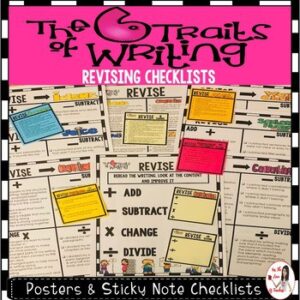
It’s no surprise that teaching is a rewarding yet stressful profession. However, since the pandemic, anxiety and stress have been on the rise in this job sector. Teaching has become more demanding with educators having to adjust to virtual learning and hybrid teaching. In fact, 46% of educators stated they are extremely distressed each day. Since they play a vital role in shaping the lives of our nation’s youth, it’s critical that teachers receive the proper support. Read on to learn about the symptoms of stress and anxiety as well as how educators can relieve them.
Symptoms of Anxiety and Stress

Stress and anxiety can take a toll on the body. They can cause numerous symptoms, including digestive upset, insomnia, difficulty concentrating, forgetfulness, headaches, fatigue, and more. They can also compromise the immune system as well as lead to depression and heart disease. There are many reasons why teachers might experience anxiety and stress. These include high job demands, unstable school leadership, and poor working conditions.
How Teacher Stress Affects Students

Prolonged stress can cause teacher burnout, job dissatisfaction, poor performance, and a lack of engagement, which can negatively impact students as well. Teacher stress and burnout can create classroom environments that are less conducive to learning. This could lead to poor student performance and outcomes. It may also impact pupils’ mental health and their behavior in school; this could be because students often reflect their educators’ energy and attitudes. Unchecked teacher stress may cause pupils to lose interest and motivation in learning.
Ways School Administrators Can Support Educators

Anxiety can be exacerbated when individuals feel isolated and unsupported. For these reasons, it’s essential for school administrators to support distressed educators. For example, districts can offer wellness programs and sessions on yoga, healthy eating, and mindfulness.
Administrators can also encourage open communication between staff members and let teachers know when they’re planning to observe their classrooms. Moreover, since educators transitioned to virtual or hybrid learning due to the pandemic, providing tech training is another great way to help reduce stress. This can be especially beneficial for instructors who are unfamiliar with new technologies for teaching.
Stress Management Techniques for Teachers

There are also many strategies that educators can implement into their professional and personal lives to reduce anxiety, such as practicing self-care. This includes engaging in relaxing activities, eating healthy meals, exercising, staying connected with family and friends, and developing good boundaries between work and home. The latter can be achieved by leaving work at school, not checking your email at home, and saying no to volunteering if you have too much on your plate.
Practicing mindfulness techniques can also help teachers stay engaged in the present. This can be done by using one’s senses to identify sights, sounds, and smells at any given moment. It can be practiced quietly during teaching or with the entire class. Simplifying your lesson plans is another great stress management technique. Try eliminating redundant aspects of your lesson plan and using technology to automate and organize content.
To learn more about the impact of stress and anxiety on teachers, see the accompanying resource.
Graphic created by Graduation Source.
How do you manage stress and anxiety? Share in the comments below.
Author bio: Susan Simmons is Vice President of Sales Graduation Caps, Gowns & Academic Regalia for GraduationSource, which outfits 500,000 graduates each year. Simmons brings expertise in account management, sales, events, and commencement ceremonies planning.
Thanks for reading!
If you like it, then pin it!



Christine Weis is a passionate educator, classroom management coach, wife, and mom of two busy boys. She enjoys teaching, writing, and creating resources for teachers.








Leave a Reply